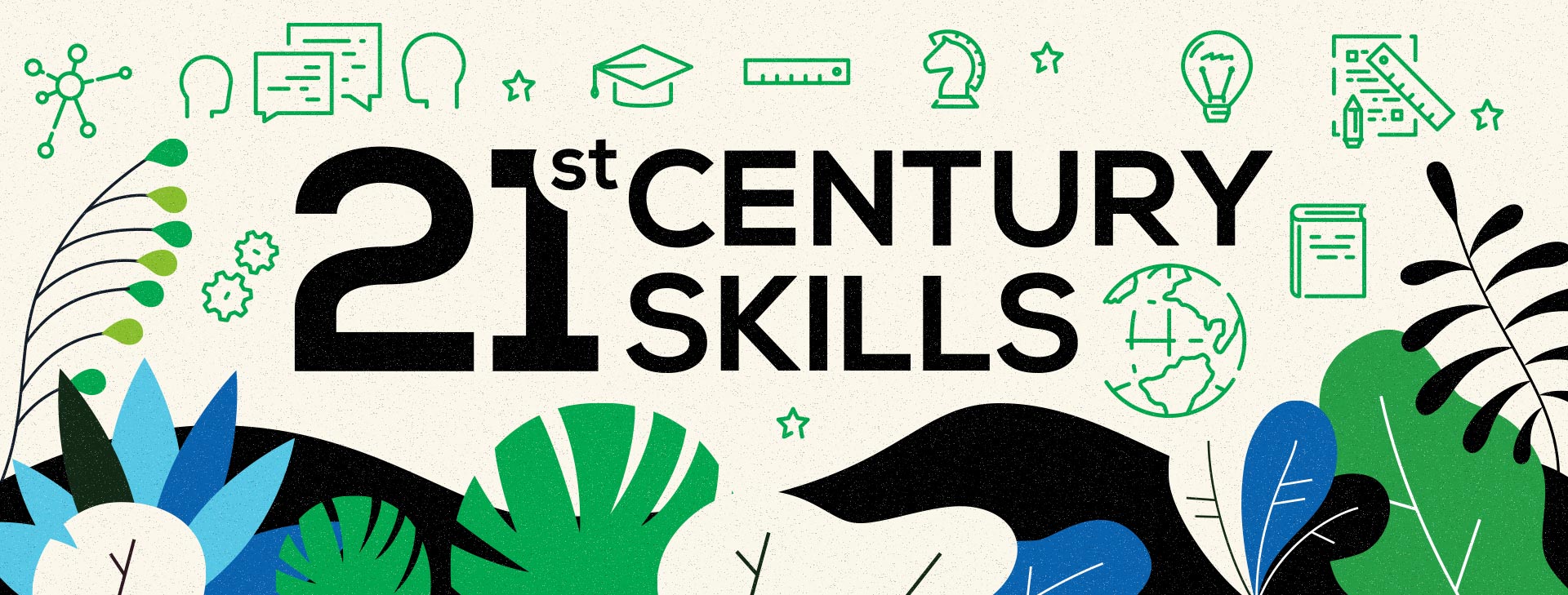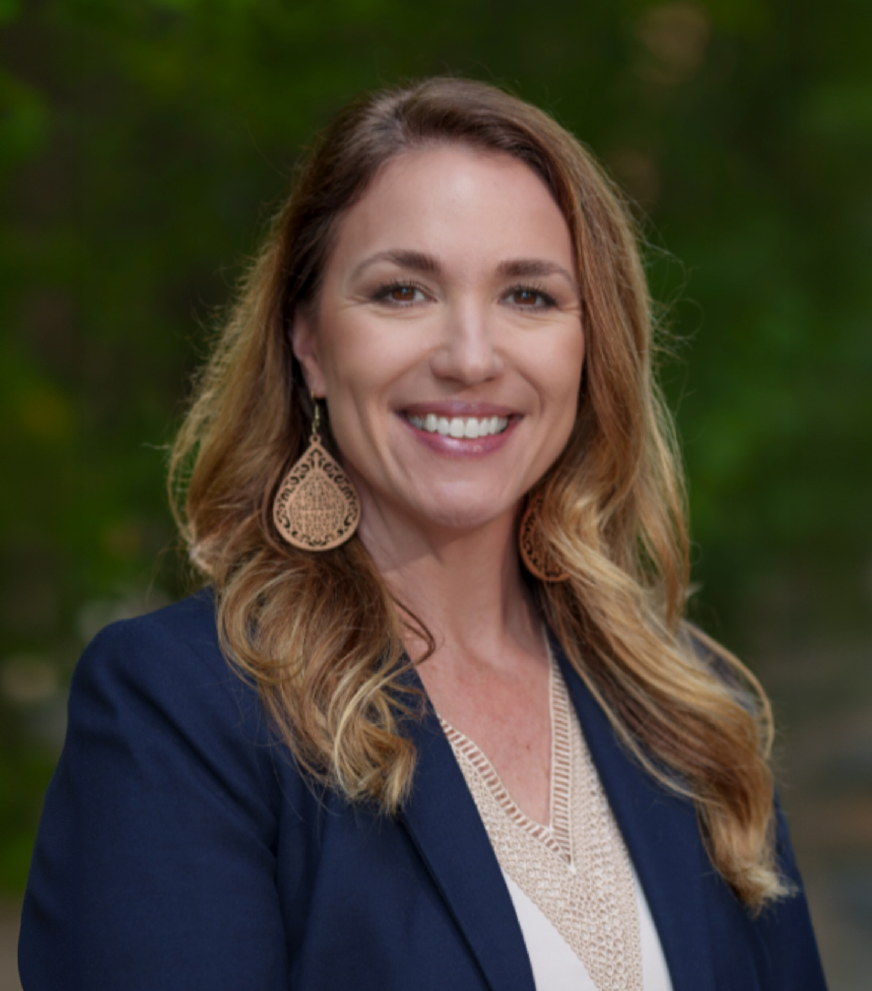
Teaching & Assessing 21st Century Skills: Guidance for Educators: Best Practices Related to Classroom Assessment Design and Grading & Reporting for 21st Century Skills
Research and Best Practices: One in a Series on 21st Century Skills
For the full collection of related blog posts and literature reviews, see the Center for Assessment’s toolkit, Assessing 21st Century Skills.
21st century skills such as critical thinking, collaboration, complex communication, and self-direction are valued life and work skills. In a previous post, we argued that educators would do well to make specific and contextualized claims about students’ knowledge and skills related to 21st century skills rather than broad and sweeping claims. However, any claim must be supported by evidence. This post aims to provide guidance to educators about some best practices related to collecting assessment evidence for 21st century skills. These best practices focus on classroom assessment design (particularly for performance assessments and self- or peer-reports) as well as grading and reporting.
Classroom Assessment Design
While some students may exhibit 21st century skills on an assessment without being prompted, most students will rise or sink based on what the task requires. If the assessment task does not ask students to think critically, communicate in complex ways, collaborate, or use self-direction—they won’t!
It’s the task, embedded in projects or other curriculum activities, which must be designed and structured thoughtfully to elicit evidence of students’ 21st century skills. This implies that an assessment must be designed (not retrofitted) to elicit the intended evidence about students’ 21st century skills. Keep in mind these best practices while developing classroom assessments to gather evidence of students’ 21st century skills:
- Use an evidence-centered design approach (Mislevy, 1995; Mislevy & Haertel, 2006) to design a classroom assessment. This means that the assessment designer starts with specifying what claims they want to be able to make about what students know and can do. This requires detailing what knowledge and skills the intended learning/measurement targets comprise and brainstorming the types of evidence that would prove that the student has indeed mastered those knowledge and skills. It is only then that an assessment is designed to elicit that evidence.
- It is important to create an assessment plan to collect evidence using a series of assessments over time. Multiple assessments are needed to gather evidence because it is unlikely that any single assessment will require students to demonstrate all elements of any one 21st century skill. Critical thinking is a good example. It is unlikely that any one assessment will collect sufficient evidence about the quality of students’ critical thinking with respect to analysis, interpretation, evaluation, inference, and explanation.
- Consider incorporating more than one 21st century skill into a classroom assessment. Because the 21st century skills are intertwined, assessments intended to elicit evidence of a student’s collaborative skill (for example) will also, by default, elicit evidence of a student’s ability to communicate effectively interpersonally and keep themselves on task (self-regulation). When considered in advance and incorporated into the design process, this type of overlap is a feature and not a flaw in high-quality classroom assessment design.
- Assessment evidence for some 21st century skills can be collected at multiple time points—not just at the end of a task, project, or set of curriculum activities. For example, collaboration and self-directed learning evidence could be collected along the way and at the end.
- The type of evidence needed may vary depending on the 21st century skill. For example, evidence of critical thinking and complex communication could come from final student work products from a performance assessment and student or peer reflections. However, for some 21st century skills (e.g., collaboration and self-directed learning), it is highly unlikely that you will be able to gather evidence from final student work products as it is the process that is the focus of assessment, not the outcome. Instead, teachers will need to use specific prompts or probes embedded in student/peer reflections and evaluations to gather evidence.
- Some task features are particularly well-suited to elicit students’ use of 21st century skills. For example, tasks that:
- provide choices about how to demonstrate the skill(s)
- offer sufficient challenge
- allow for multiple, defensible solutions
- are open-ended and/or ill-structured
- are authentic
- make student thinking visible
Grading & Reporting
There are many challenges with grading and reporting on students’ 21st century skills. First and foremost, there are no clear end of grade-level or grade-span standards that define proficiency for most 21st century skills. Also, student grades for some 21st century skills (e.g., collaboration and self-directed learning) depend on accurate self and/or peer reports. One can imagine a student being honest with what they thought they did well and how they could improve if they knew the information would only be used for formative purposes. However, student responses will likely suffer from response-set biases, such as social desirability bias, as soon as they realize their grades depend on their own and others’ assessments of their 21st century skills. The deep research base related to formative assessment and how students learn more from written feedback than grades is especially instructive in this context (Black & Wiliam, 1998).
For these reasons, we suggest providing formative feedback to students and parents on what students did well and how they could set attainable, yet ambitious learning goals. This formative information can also be used by teachers to guide and differentiate instruction. In other words, even if a 21st century skill rubric has numerical values, we suggest teachers do not use the scores in their grade books or use the scores with students. Focus instead on the qualitative descriptions of student performance from less to more sophisticated and help students, for example, internalize the features of effective collaboration, rather than give themselves a score.
As discussed in a previous post, student-level reporting should feature specific and contextualized claims about what students know and can do in a given content area. Narrative report card comments are an ideal place to provide rich contextual descriptions of tasks students were asked to complete and how they applied 21st century skills in those specific contexts.
Schools or districts interested in examining what students know and can do in the aggregate with respect to 21st century skills could use non-reported student scores to get a sense of whether students, in general, are demonstrating more sophisticated forms of collaboration in science classes across the district. Given an adequate sample size, someone may aggregate all student-level scores together at a particular point in time (beginning of the year) or from multiple assessments over the course of the year and then disaggregate by grade span or school. This information could be useful for the district to evaluate programs and identify where additional supports, training, and resources may be needed.
Conclusion
Classroom assessments can be thoughtfully designed to elicit evidence about students’ application of 21st century skills. Teachers and students can use that assessment evidence formatively to help students understand the criteria for success and how they can chart a path towards a more sophisticated demonstration of these essential life and career skills over time. Though there are still many unknowns about how to instruct and assess students’ 21st century skills, we believe it is important to move forward, albeit cautiously.


